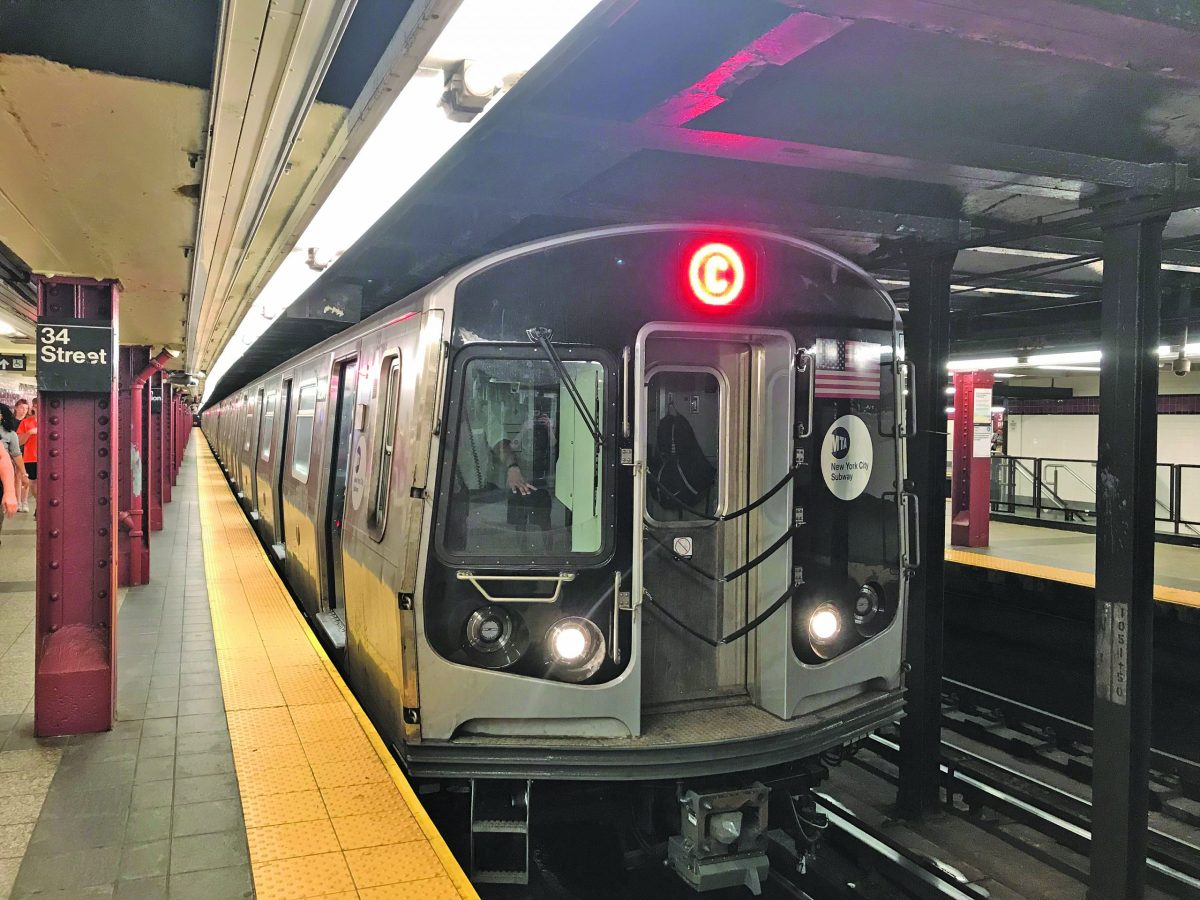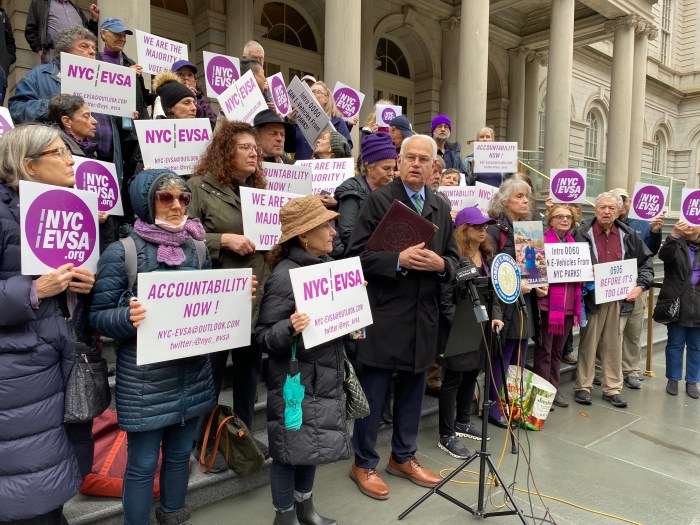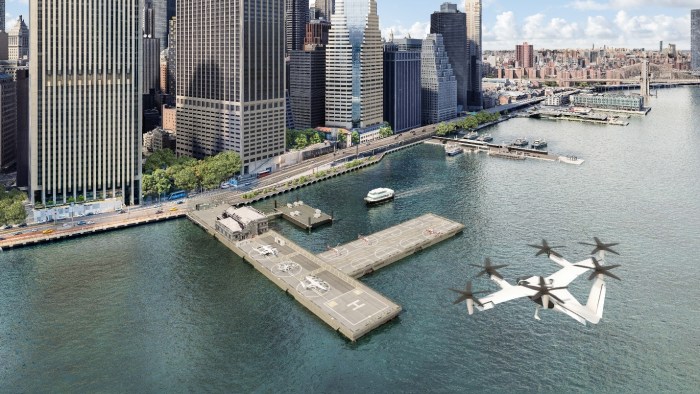Every week, amNewYork Metro presents “Ask the MTA”, where you can seek out answers to your common questions about public transportation in New York City. Send us your questions for the MTA, and we’ll make sure you get an answer! Email us at askthemta[@]amny.com.
Q.) Ridership for the “C” train has tripled in the last two years. Why are there four “E” trains for every one “C” train during the rush hour? You have to wait 15-20 minutes for another “C” train.
A.) You’re right that we run more E than C trains. Simply put, the reasoning is we run more trains on busier lines to serve the most possible customers. So, during the rush hour, we schedule the E to run every four minutes, and the C every 8-10 minutes.
New York City Transit continually monitors ridership on all our lines so we can revise the schedule when feasible if the need arises. And while we’ve seen growth on the C in the last two years, the gains are actually relatively modest — reaching 8% on the high end.
Our data shows that the C carries the most people at Hoyt-Schermerhorn station on trains heading to Manhattan during the morning rush. In comparison, Manhattan-bound E trains during the morning rush carry three times as many riders at their busiest point, which is Jackson Heights-Roosevelt Avenue.
This is not to say that gaps in C service never happen. When there are delays, more than two E trains may run between the delayed C trains. But such situations are happening less and less frequently. Over the past two years, weekday on-time performance for the C has increased substantially, from 53% to 70%.
Still, we know there’s always room for improvement. That’s why we’re in the process of retiring the 56-year-old R32 subway cars that have long run on the C and replacing them with newer models.
Jay Krantz, Director of Rail Network Planning, NYC Transit
Q.) On a number of the buses in Brooklyn, numerous people get on the bus through the back doors without paying. They are also the first ones to occupy the available seats, while the paying passengers who come through the front door are at a disadvantage when they get on, no seats are available. What does the MTA plan to do to stop this unfair practice?
A.) We’re as concerned about bus fare evasion as you are. According to internal data, we lose significant revenue each year from subway and bus riders who don’t pay the fare. To curb this practice, we’ve dedicated over 200 uniformed and plainclothes officers to patrol the top 50 busiest bus routes to deter fare evaders and issue summonses. With the hiring of 500 additional officers to the MTAPD we’ll have more flexibility in how we address this challenge.
Patrick Warren, MTA Chief Safety Officer
Q.) Will the OMNY system upgrade phase out MetroCards completely & how will this appeal to those who don’t have smartphones, debit cards, credit cards, and also how will this work with senior citizens?
A.) Our plan is for the OMNY system to completely replace the MetroCard by 2023. We started the rollout gradually, initially relying on contactless cards and digital wallet apps. However, we understand that not all New Yorkers have credit/debit cards and or mobile wallets. Therefore, we’ll be expanding our reach in 2021 by issuing MTA contactless OMNY transit cards that will be available for purchase at retail outlets like Rite Aid, Walgreens, Duane Reade and CVS.
OMNY vending machines will also be installed at stations across the system before the transition away from the MetroCard is complete. Our retail outlets and the new OMNY vending machines will always accept cash. All our reduced fare MetroCard customers will receive an OMNY reduced fare card prior to the decommissioning of MetroCards.
Al Putre, Executive Director, OMNY Fare Payment Program
































